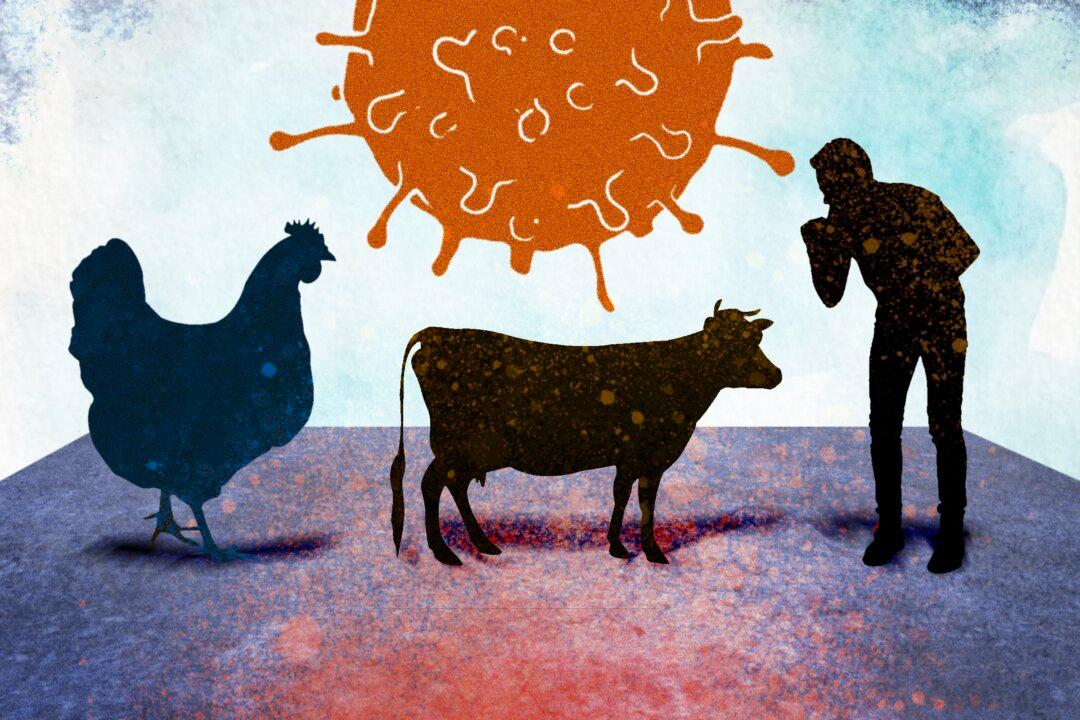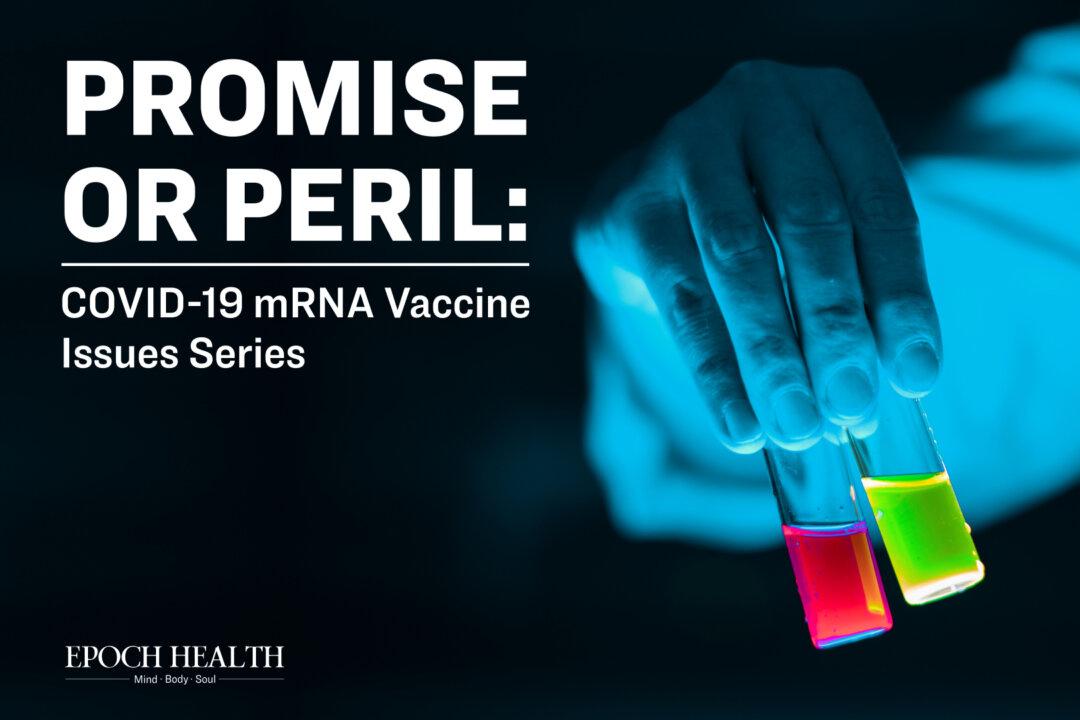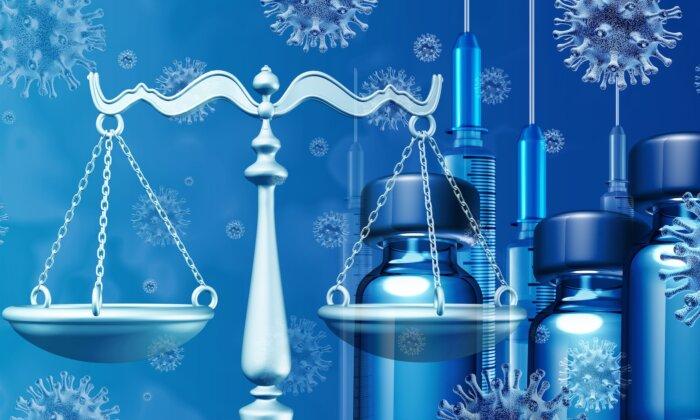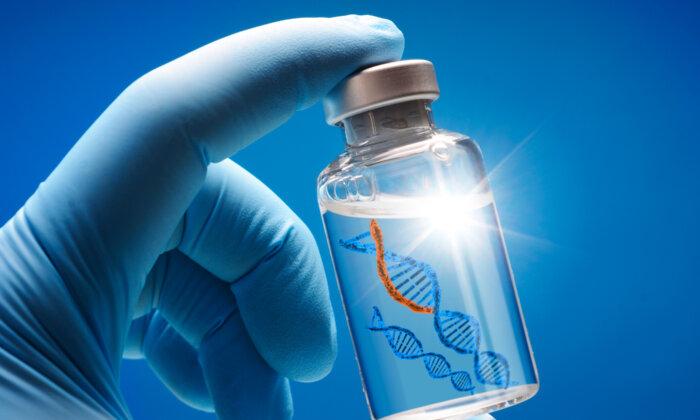E. Coli 101
Escherichia coli, also known as E. coli, is one of the most common types of bacteria known to mankind. From helping with digestion in your stomach to being a producer of artificial insulin, the bacteria discovered in 1885 have been studied countless times and improved our understanding of the microscopic world.The E. coli we infamously know from the news belong to the group Enteropathogenic E. coli (EPEC) and are pathogens responsible for food poisoning. Foodborne illnesses also include Salmonella and Norovirus (responsible for the recent cruise ship outbreaks). Typically, an E. coli infection occurs when a person comes into contact with contaminated food, animals, or water. It usually only causes mild abdominal pain or brief diarrhea. Other symptoms include stomach cramps, nausea, vomiting, and fever.
STEC Variants Severely Damage Intestinal Linings and Kidneys
The variants of E. coli that produce Shiga toxins (Stx) are called Shiga toxin-producing E. coli, or STEC. They have gained a lot of attention in the past few decades, as they are known for causing severe disease.STEC belongs to the EPEC group. STEC strains are capable of producing toxins named Shiga toxin type 1 (Stx1), type 2 (Stx2), or both, encoded by stx1 and stx2 genes, respectively.
The toxins are named after Kiyoshi Shiga, who first described the bacterial origin of dysentery caused by Shigella dysenteriae. Historically, the toxin produced by E. coli was named Shiga-like toxin (SLT). Now, Shigella dysenteriae and STEC are regarded as the most common sources of Shiga toxins.
Symptoms of a STEC infection include abdominal pain and watery diarrhea. There are also severe—possibly life-threatening—cases characterized by hemorrhagic colitis. These types of E. coli are also called Enterohemorrhagic E. coli (EHEC). Shiga toxins are also associated with hemolytic uremic syndrome (HUS).
In particular, the STEC O157:H7 and STEC O104:H4 are the two most notorious STEC strains. One could say these STEC groups are something like super soldiers in the E. coli army.

The Shiga toxin does most of its work in small blood vessels, as it is rather ineffective in large vessels such as major veins and arteries. This is how the toxin can specialize against the digestive tract, kidney, and lungs. For example, the Shiga toxins are good at destroying clusters of nerve endings or small blood vessels in the kidneys, which can lead to kidney failure and even HUS. It can severely damage the lungs as well, so food poisoning associated with Shiga toxins is often also associated with lung and nervous system damage.

The initial progression of a STEC infection is quite similar when compared with a regular E. coli infection. The bacteria first replicate in the intestine and incubate for about two to five days, a period when there are relatively few symptoms. About 15 percent of all STEC cases may develop into hemolytic uremic syndrome (HUS), which is the destruction of red blood cells and kidney failure.
The typical clinical presentation of STEC-HUS is watery diarrhea, which turns bloody in conjunction with the emergence of severe abdominal pain, nausea, and vomiting three to five days later. Following this, a patient may experience a deficiency of blood platelets and acute kidney failure (AKI) two to 14 days after the onset of diarrhea.
About 20 percent of patients with STEC-HUS experience symptoms outside the liver that might impact the cardiovascular system, pancreas, intestines, skin, and even fingers and toes.

HUS can be serious, so it is important to see a doctor as soon as your symptoms worsen. However, keep in mind that most patients who have any form of E. coli will get better by themselves as the disease progression is self-limiting. For most patients with mild symptoms, the immune system is more than capable of handling it with plenty of rest. Your doctor can confirm whether treatment is required or not.
Treating STEC
Since Shiga toxins are released due to bacterial infection, people might naturally think that using antibiotic treatments to suppress STEC multiplication in the patient’s body would be a relatively straightforward treatment method to reduce the number of toxins generated.However, there has been much debate about treating STEC infections with antibiotics. No data convincingly demonstrate that antibiotics are better than no antibiotic treatment at all, and many studies suggest antibiotics increase the risk of developing HUS.
Treating STEC-HUS is challenging, as patients often already have organ injuries by the time they seek medical treatment. Early diagnosis is of great importance for improving prognosis and reducing mortality and sequelae. If the occurrence of STEC-HUS is suspected, fecal and serological tests are usually required to determine whether there is evidence of a STEC infection.
Currently, STEC-HUS treatment relies heavily on supportive care, which includes fluid resuscitation, the correction of electrolyte abnormalities, and the control of hypertension. Blood or platelet transfusions and liver replacement therapy (RRT) are often required. Other treatments include plasma exchange and eculizumab, an anti-clotting drug.
Shiga toxins are protein toxins, not small chemicals. Just as snake venom has an antivenin, there may be antitoxin candidates for Shiga toxins. Antibodies specifically targeting Shiga toxins are surely top choices. In recent years, multiple alternative therapies targeting Stxs have been developed and evaluated, bringing new hope for the prevention and treatment of STEC-HUS.
There is also an interesting new therapy strategy exploiting the mechanism of how Shiga toxins impair host protein production. Shiga toxins are composed of two subunits, A and B. The B subunits can bind to intracellular organelles that produce proteins called ribosomes. Once bound, the subunit causes proteins to be manufactured with defaults, called misfolded proteins. You can think of ribosomes as a broken-down factory that produces deformed cars. These misfolded proteins don’t work and are toxic to the internal environment of the cell.
Inherently, our cells have an internal regulatory mechanism that removes the misfolded protein components through a process called the unfolded protein response (UPR), which breaks down or fixes the “lemon” proteins. Early activation of the UPR is a good sign as it can prevent damage early on by fixing or removing the bad proteins.
Because protein unfolding is not limited to HUS, there is great incentive for developing such a drug that targets the most severe form of E. coli. UPR enhancers applied to HUS cases, for example, would work to restore a balance in the cell and prolong its life to fight off the E. coli infection. However, this process must be done earlier rather than later, as a delayed UPR activation might do more harm than good.
Other strategies for treating STEC include the clearance of toxins in the bloodstream and inflammatory mediators in the blood. However, it is important to note that most of this can be avoided if food safety guidelines are followed in everyday life.
E. coli might be one of the most pervasive bacteria strains in the world, as it has a wide range of hosts in which it can survive, as well as many more surfaces on which it can live. These include produce such as fresh vegetables and leafy greens or raw meats, eggs, and seafood.
A simple way to prevent E. coli is to fully cook the food before it is eaten. This is especially the case for raw meat and animal products. Milk and dairy products should also be pasteurized before they are eaten as they can potentially harbor harmful bacteria.
Washing fruits and vegetables will certainly help with reducing the likelihood of becoming infected with E. coli, yet it is no guarantee that all pathogens will be eliminated. Vegetables and fruits have complex structures that make it hard to clean all the little crevices with water. Cooking is still your safest bet.
If a family member or close contact has E. coli, make sure to not come into contact with them, which includes their living area and their feces. Remember to disinfect surfaces with alcohol, bleach, or any other antibacterial disinfectant.

These guidelines should be followed strictly, especially around children and the elderly. These two age groups are the most susceptible to severe disease and are not as resilient to infection.




